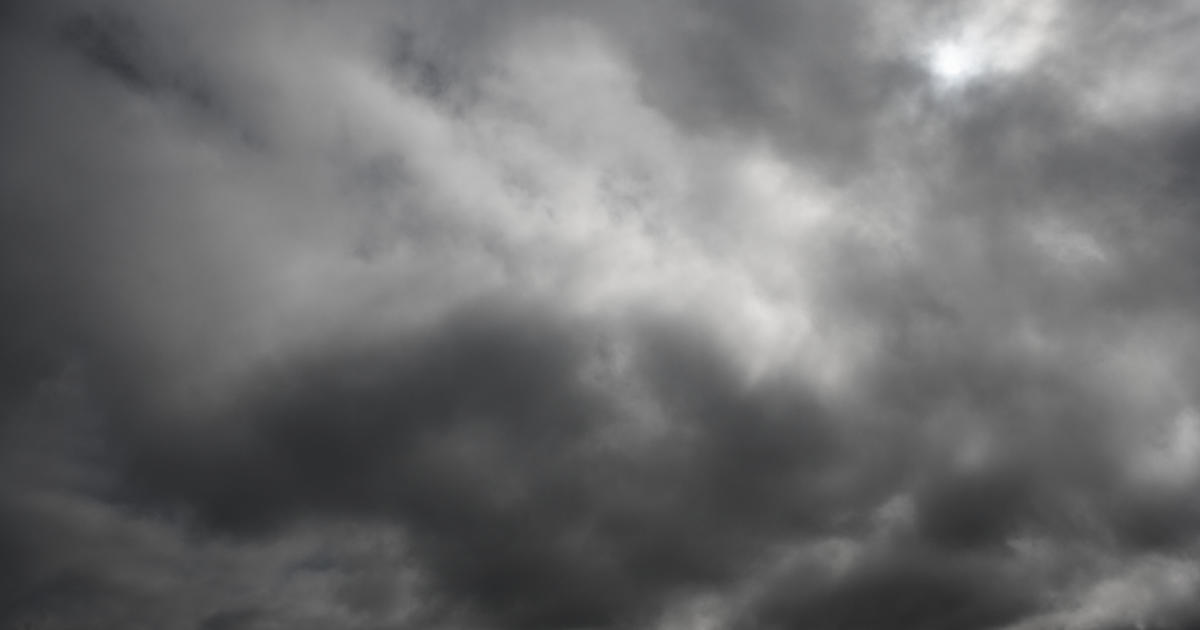'We are at risk of another West explosion' safety experts warn
McLENNAN COUNTY (CBSNewsTexas) - In the ten years since a fertilizer plant exploded killing 15 people, the town of West, Texas has rebuilt and rebounded. However, safety experts warn not enough policy progress has been made to prevent another ammonium nitrate disaster.
On the evening April 17th, 2013, Joey Pustejovsky got the call of a fire at the local fertilizer plant, so the volunteer West firefighter rushed to the scene.
Twenty-two minutes later, the plant exploded killing 12 emergency responders, 3 residents, and injuring 260 others.
"I hope people would be thankful for what he and the other responders did that day," said Joey Pustejovsky's father, Joe. "It could have been much, much worse. I think it was because of their actions that they allowed people enough time to get out of harm's way and save a bunch of lives."
In the months after the blast, former President Barack Obama issued an executive order - calling on government agencies to improve chemical facility safety.
In its 267-page investigation into the explosion, the U.S. Chemical Safety and Hazard Investigation Board pointed to a lack of federal oversight on fertilizer grade ammonium nitrate, recommending the fertilizer be added to the Environmental Protective Agency's list of chemicals that receive stricter oversight.
However, the initial momentum for increased regulations was upended by the unexpected announcement from the U.S. Bureau of Alcohol, Tobacco, and Firearms in 2016 that the fire was the result of arson.
Less than a year after the ATF's arson ruling, the new leadership at the EPA under the Trump administration decided, if the fire was intentionally set, there was no need to update regulations on chemical plants.
"Basically the ATF rule that it was arson was just a convenient excuse that the industry used to roll back regulation," said Jordan Barab, who was the second top official at The Occupational Safety and Health Administration OSHA at the time of explosion.
Barab, as well as many of the West victims' families, have questioned the arson ruling over the years.
Seven years after the arson ruling, the federal investigation remains open without any known leads or suspects. The ATF put up a $50,000 reward for information leading to an arrest in the case. To this day, the reward has not been claimed.
In the months after the explosion, the ATF interviewed more than 400 witnesses and spent more than $2 million in testing. Agency officials said those tests ruled out accidental and natural causes which left arson as the only remaining possibility.
Barab said the method ATF used to reach its arson ruling, referred to as negative corpus, is flawed and unreliable. The Nation Association of Fire Investigators advises against the use of the method – warning "if used inappropriately it could lead to erroneous conclusions."
For many in West, including the Pustejovsky's, they said their town is too small and it's been too long for someone not to have come forward.
"I think if it was set by someone, we would have already known that," said Joe Pustejovsky.
While the arson ruling was cited by EPA officials as a key reason in rolling back regulations that were "unnecessary administrative burdens", Barab said whether a fire is arson or accidental does not change the need for stricter safety regulations over the storage of chemicals.
By the end of the year, the EPA is expected to issue a new Risk Management Program regulation that will address some of the issues raised by West. Meanwhile, Barab said, OSHA has made virtually no progress since West to improve chemical facility safety.
"There is still not nearly enough control of the hazardous chemical in these plants to protect the people working there nor the people living in the vicinity of these plants," Barab said. "We are at risk of another West explosion."
According to the Texas Commission on Environmental Quality, there are 25 active ammonium nitrate facilities in Texas.




